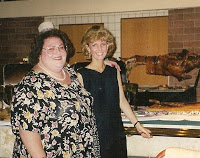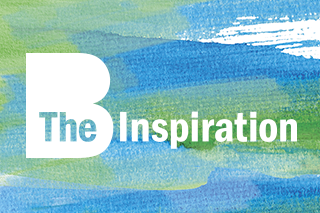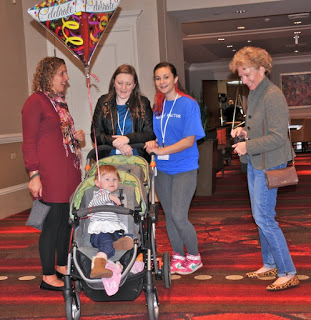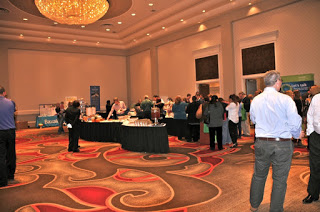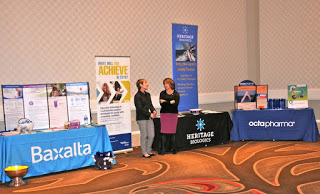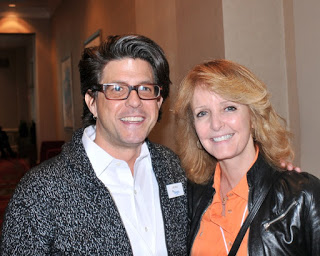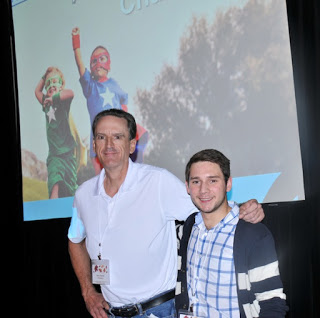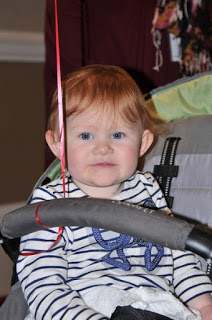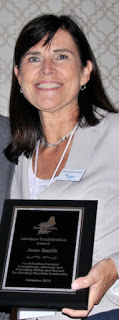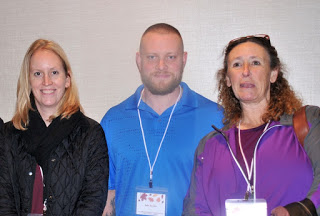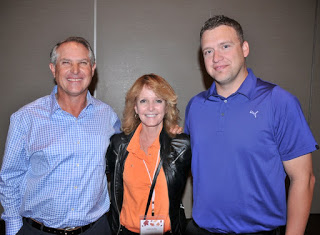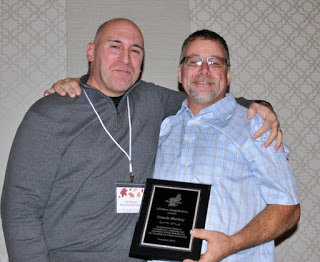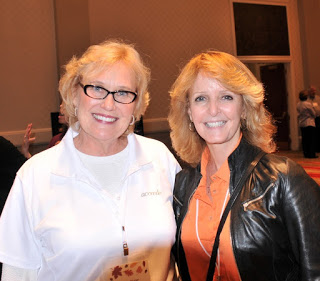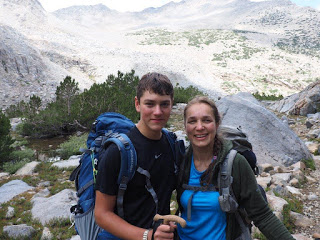
This is an impressive family with hemophilia, who did an impressive thing. I’m so inspired I want to go climb this mountain myself! We published this in the August issue PEN, but in case you missed it… here it is! Read and be inspired.
by Elizaveta Temidis
It is not the
mountain we conquer, but ourselves.
—Sir Edmund Hillary
My son John and I are avid hikers, and we love a good dose
of adventure. John is 15, a sophomore at Wallkill High School, New York, and
has severe hemophilia A. He keeps busy on the school’s Nordic ski team, playing
piano and French horn, and reading.
But
last summer, John literally rose to new heights: he summited Mt. Whitney, the
highest mountain in the contiguous US. Mt. Whitney is 14,509 feet above sea
level, in the Sierra Nevada Range in California. A one-day permit means
completing the 11-mile ascent and return hike—with an elevation gain and loss
of 6,145 feet—in 24 hours.
Driving
to the West Coast from New York in the family car was an adventure in itself!
We departed July 30, a beautiful summer morning, with Ramen noodles, factor,
and audiobooks.
The
American West is beautiful and fascinating. Dust devils wander aimlessly on the
Utah and Nevada plains. In Nebraska, a gigantic gate on Rt. 80 welcomes
everybody to the Wild West! Carbon County in Wyoming proudly holds a Cow Plop
annual event. Mustangs still roam free in Utah. Warnings about rattlesnakes are
mundanely posted on garbage cans at rest stops. American pronghorn antelopes
are the second fastest land animals after cheetahs. Our car can outrun a Nevada
sandstorm.
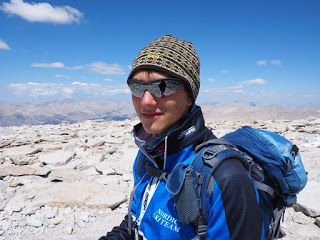
After
a four-day drive through 11 states, we arrived in California on August 3 and
pitched our tent at a campground 8,000 feet above sea level, to get acclimated
to the altitude and explore before the big hike. We protected ourselves against
black bears that roam the campground at night, gawked at the amazing beauty of
magnificent mountain ranges, and chopped enough firewood for evening campfires.
On
August 7, we packed up and moved to Whitney Portal campground. We set up our
tent, gathered our supplies, replenished our drinking water, and went to bed
around 6:00 pm. We awoke four hours later, John infused his factor, and we set
off on our grand new adventure at 11:45 pm.
Faraway
flashlights moving on the side of the dark mountain assured us we were not
alone. We stopped every hour for a snack and every 15 minutes for a gulp of
water, watching for signs of altitude sickness. The last two hours before
sunrise were the darkest and made us yearn for the sun like never before!
We
greeted the sunrise at six miles, or halfway up the mountain, before going on
to the infamous section of 99 switchbacks. The switchbacks were helpful and
refreshing, and we named them after family members as we hiked. Freezing
temperatures faded, and the views were astonishing! Reaching Trail Crest, we
gasped at the amazing view of the Sequoia Kings Canyon Wilderness all the way
to the Pacific Ocean. We were happy to see patches of fresh snow in mid-August,
and even threw a few snowballs.
We
reached the summit at 10:30 am—tired, but relieved, grateful, and at peace. The
absolute quietness of this incredible place was interrupted only by unobtrusive
shouts of joy from arriving hikers. We took a photo of us holding a hand-drawn
birthday card for my mom, whose birthday is August 8; and of a toy squirrel
monkey that we’d promised Alex, John’s younger brother, to take to the top with
us. Before heading back down, we celebrated with two little bottles of Coke,
and spent the next hour in a relaxed, contemplative mood, taking our time,
looking at the endless mountain ranges all around, while shivering in the cold,
unrelenting wind.
The
hike down to Whitney Portal seemed harder than our hike up. We were extremely
tired and had one desire: to lie down in our tent and sleep. Yet the wondrous
scenery of mountains and cliffs, which we hadn’t seen during our ascent in the
dark, made us stop in awe, taking photos and marveling at the beauty and
ruggedness of this corner of the world.
The
last two miles were the hardest. We needed to finish before dark. We sang every
Russian and American song we knew, and recited every Russian poem we could
remember. We got some curious looks, yet our method worked so well that we
barely noticed the miles pass.
During
the hike, John had no traumas or joint problems. He’s been on prophylaxis since
age one, and since he began training on the Nordic ski team two years ago, he’s
had fewer joint bleeds.
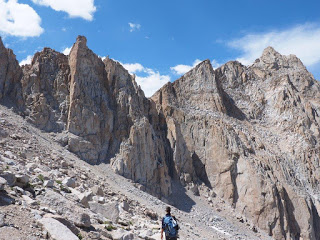
After
a 22-mile round trip, a total of 19 hours and 15 minutes on the trail, and a
6,145-foot elevation gain and drop, we returned to our tent happy and
exhausted. We texted our family that we were victorious, overjoyed, nauseous,
and tired. Then we went to sleep.
We
arrived home five days later, hungry and happy, full of news and impressions,
eager to hug our family and grateful for everybody’s support. It’s possible
that John, at age 14, might be the youngest person with severe hemophilia ever
to climb Mt. Whitney! This climb proved to us that whatever challenges might
stand in the way—hemophilia, fear of heights, or pain—our children with
hemophilia need to pursue their dreams and live life to the fullest.
Elizaveta Temidis, 40, was born in St. Petersburg, Russia,
and came to the US to study business in college at age 19. She is a high school
mathematics and Russian language teacher with New Paltz High School and online
Virtual High School. She helps run the Nyack Russian School and a Russian
summer camp in the Catskill Mountains. She lives in Wallkill, New York, with
her husband George and sons John, 15, who has severe hemophilia A, and Alex,
12.
Great Book I Just Read
 Denali’s Howl: The Deadliest Climbing Disaster on America’s Wildest Peak
Denali’s Howl: The Deadliest Climbing Disaster on America’s Wildest Peak
Andy Hall [Kindle]
Andy Hall was just a child when his father, employed with the National Park Service as park superintendent, was present when Joe Wilcox and his 12-member team made a daring ascent in 1967 of Mt. McKinley, which President Obama has now called Denali, its native name. Only 5 of these ambitious and brave young men survived, and Hall, an accomplished journalist, recreates their journey and respectfully and accurately dissects the personality, the team problems, leadership conflicts, and the unforgiving Perfect Storm that hit Denali that fateful climb. Fantastic writing and a gripping story make this a page turner. Four/five stars.
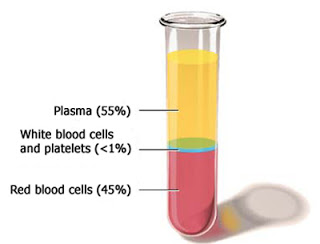 National Hemophilia Foundation recommends recombinant factor as the standard of choice for treatment of hemophilia, but did you know that many factor products used to treat
National Hemophilia Foundation recommends recombinant factor as the standard of choice for treatment of hemophilia, but did you know that many factor products used to treat





